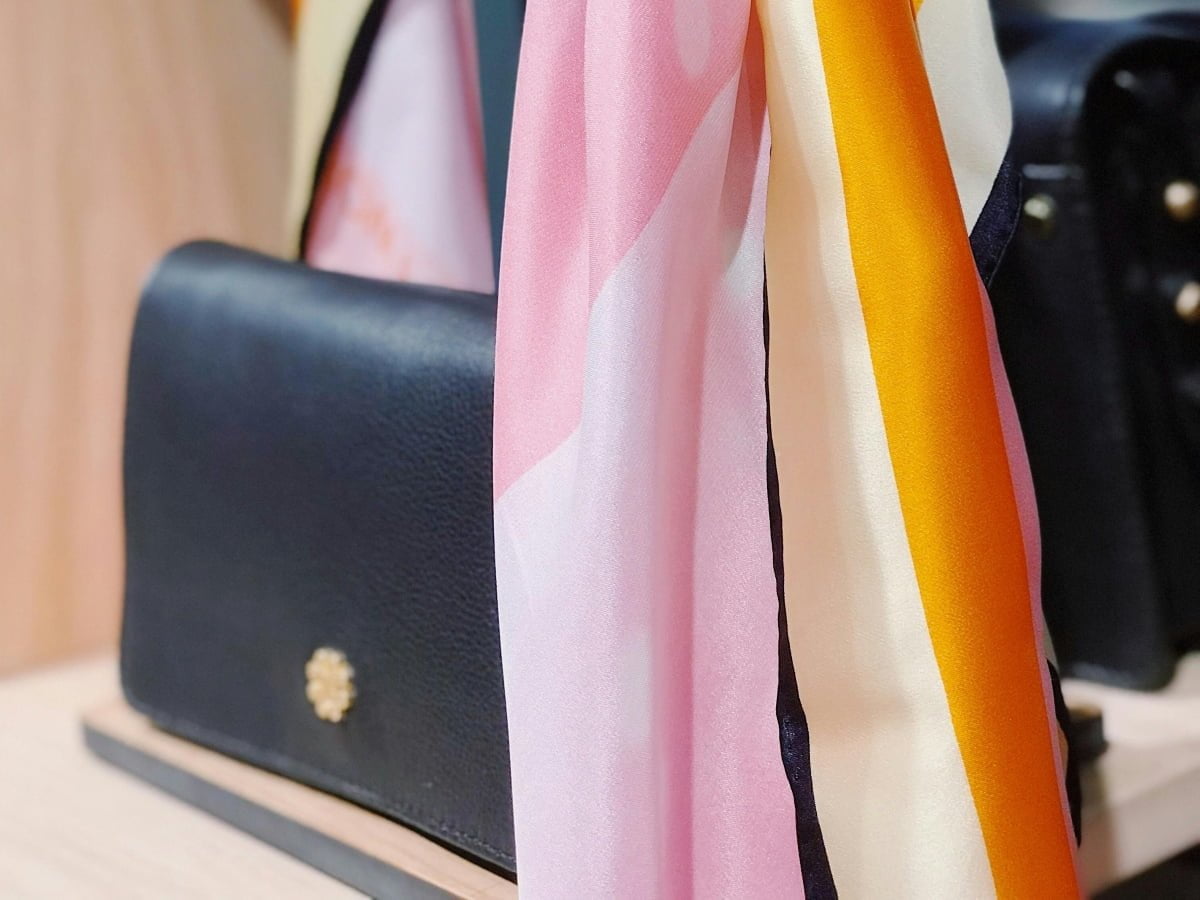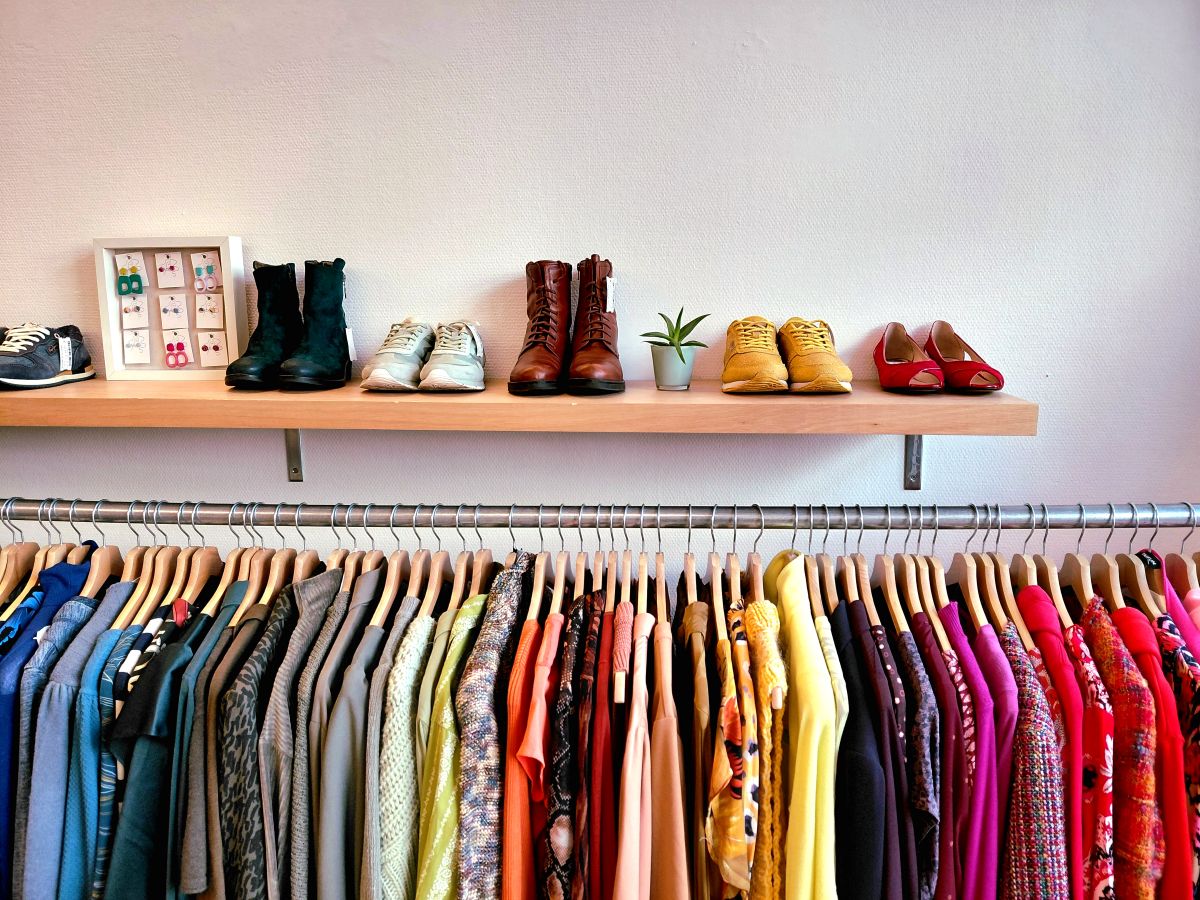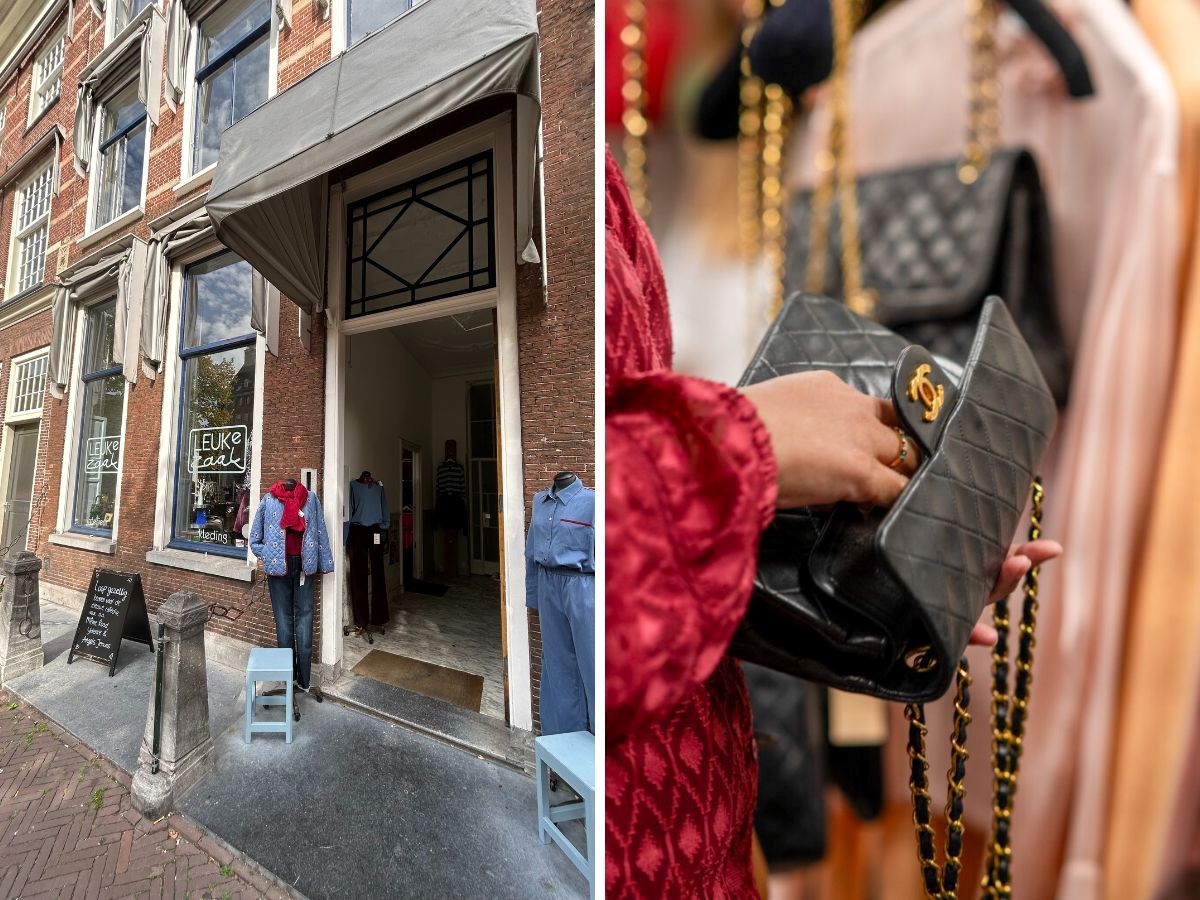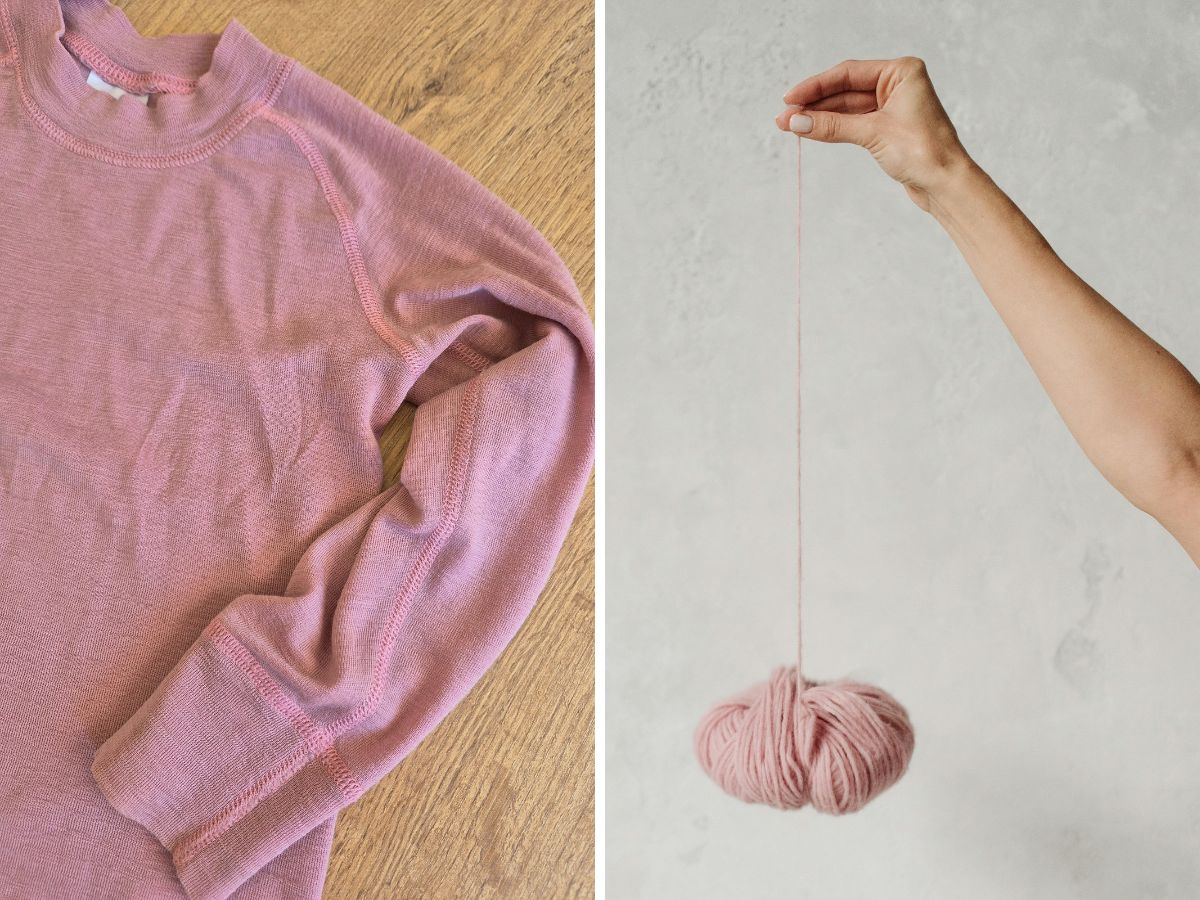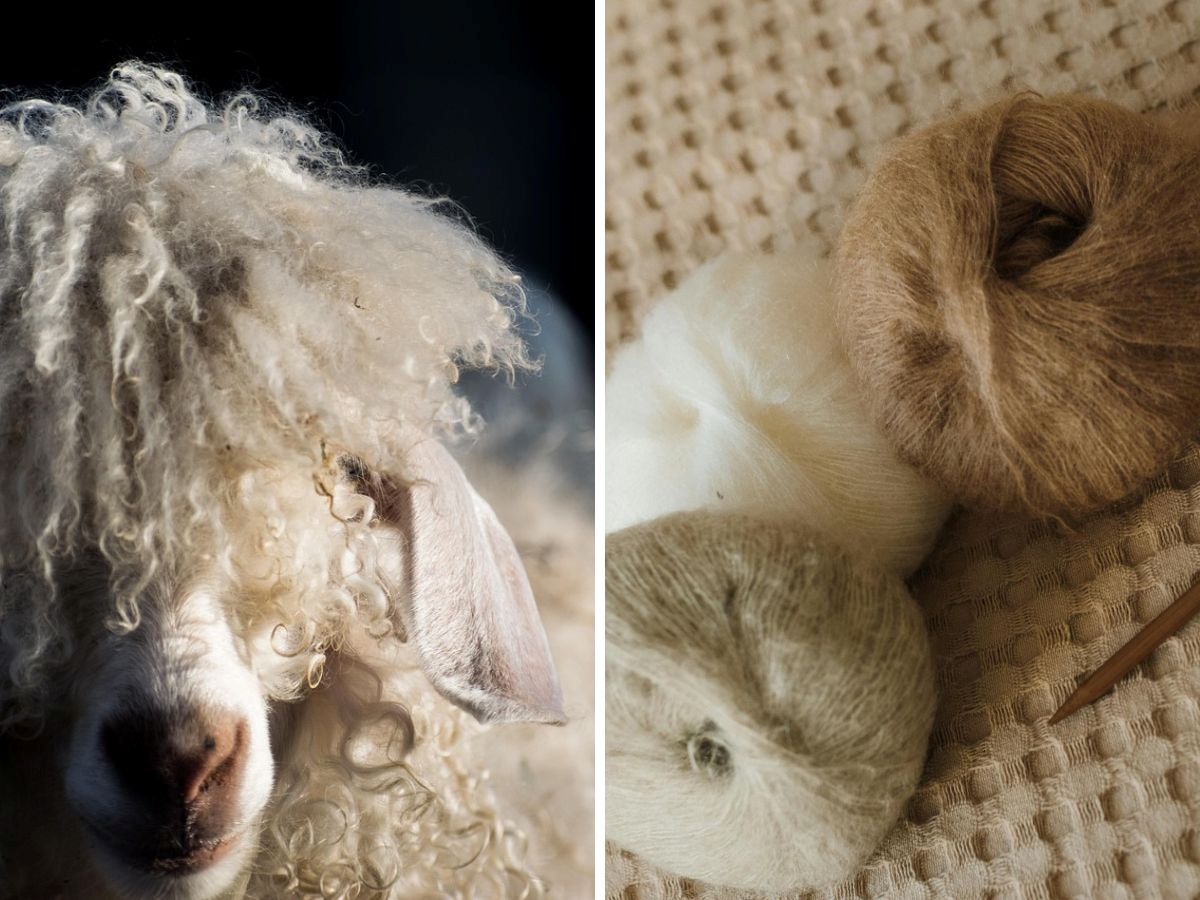You probably think of silk as a beautiful, shiny, super-soft and precious fabric made by silkworms. True! But, have you ever thought about how sustainable silk is? We from thegreenlist.nl went to investigate for you!
Is silk produced sustainably?
Silk are long, fine threads that a silkworm secretes to make a cocoon. The cocoon is strengthened by the glue dust that the caterpillar also secretes and causes the threads to stick together. When the caterpillar finishes spinning, the cocoon contains at least a thousand metres of silk thread! That sounds very durable - so much silk in one caterpillar! -, but despite the length of the threads, it still takes several thousand caterpillars to make one silk garment. Normally, the caterpillar transforms into a butterfly in two to three weeks and then destroys the cocoon. However, the silk industry wants to preserve the cocoon - and thus the silk threads - in its entirety. Therefore, many silkworms are killed by throwing them, in their cocoon, alive into boiling water. This dissolves the glue substance and the thread can be unwound. There are also - unfortunately a lot fewer - producers who spare the butterfly and make silk from the broken cocoons, so-called peace silk (peace silk). However, this is much more work, as the silk thread then has to be spun from many short ends.


Silkworm and silk production.
Peace silk
At this point in my research into the sustainability of silk, I thought, ‘oh, so it's simple! We'll just buy only peace silk!’ Alas, it turns out it is not that simple. Currently, the supply of peace silk is still very small. Also, there are no certification organisations carrying out checks, so there is no way to check whether companies that say peace silk to sell, actually do so. From BWC India research reveals that companies regularly label their products as peace silk, when they are simply killing their silkworms. Besides, it remains to be seen whether it is so nice for the caterpillars to stay alive. The most commonly used silkworm (Bombyx mori) is bred to be unable to fly because of a huge body, and has difficulty eating because of a misshapen mouth. Not so sustainable after all, that peace side so.
Organic silk
What about organic silk? Isn't that a sustainable solution? Indeed, there is GOTS-certified organic silk. This mainly involves the organic cultivation of mulberry trees, whose leaves are eaten by silkworms. But the GOTS certification also relates to the production process; throughout the manufacturing process of a product bearing the GOTS label, work has been carried out according to the highest ecological and social standards. That sounds good in terms of sustainability! Unfortunately, the proportion of organic silk is also still very small. And, organic silk does not consider animal welfare. It is not clear whether silkworms can feel pain, but there are several studies showing that the likelihood of this is quite high.
Negative impact on the world
Silk is one of the most environmentally polluting substances, according to Milieu Centraal. This is partly due to the high energy and water consumption in growing mulberry trees. But silk production also has a negative impact on workers. For instance, according to Human Rights Watch investigation that child labour is often used in the production of silk in India. The work is also heavy and dangerous. Not exactly sustainable, in other words.


From raw material to silk fabric.
Sustainable alternatives to silk
Silk is one of the least sustainable fabrics out there. Fortunately, more and more sustainable, eco-friendly alternatives are being developed, such as lyocell/Tencel, modal, silk-cotton and bamboo. But you can also use satin as an alternative. Satin is not a material, but a weaving method you can apply to different fabrics. It feels as soft as silk, but without any negative impact on the world! If you want to know more about materials, check out this article.
Do you really want to buy something made of silk anyway? Then choose organic peace silk with GOTS certification. Or buy it in a second-hand shop. Better for your wallet as well as the environment!
More sustainable tips from thegreenlist.nl
- Is cotton actually that sustainable? Read all about it.
- Is bamboo a sustainable alternative to cotton? You can read it here.
- Is vegan leather a sustainable and animal-friendly alternative? We figured that out for you too.
Sources: Ecotex, Dutch Association for Veganism, JAN, FashionUnited. Photo credits: main image: Julie Aagaard (Pexels), photos silkworms and production: Quang Nguyen Vinh (Pexels), fabrics: Jan Canthy (Unsplash).

